This year marks the 23rd anniversary of my time spent living in Canada. I wake up every morning feeling grateful to live here in an established economy with freedom. It is a beautiful country to live in, don’t get me wrong, moving here wasn’t as easy as packing a bag and getting on a plane, a lot of thought had to go into it (a sofa does not fit in a bag). Luckily companies like CSA Transportation were there to help out with moving all our stuff to Canada, so we weren’t worried about getting our belongings over in one piece.
Thinking back home to Hong Kong, where the housing market is so outrageous, I would not be able to afford a property to live in.
Let alone have the opportunity to invest in properties, like I do here in Canada.
In fact, I would have made a good candidate for a rent-to-own program back in Hong Kong.
But thankfully things are different here in Canada.
As Canadian real estate investors, we get the privilege to help other Canadians find an affordable and manageable means to home ownership.
In a typical rent-to-own situation, there are usually two parties involved; the investor or landlord, and the tenant/buyer. Usually, the buyer doesn’t have enough money for a downpayment or high enough credit score to finance the purchase of a home. The buyer will have to figure out How to Build Credit over the next couple of years and improve their score.
This is why the buyer enters into an agreement with the landlord with the option to own the property at the end of the program. Most agreements are within 2-3 years but they can be longer, and at the end, the property is purchased at a pre-specified price while the tenant lives in it.
This is why they’re referred to as tenant/buyers.
Rent-to-own programs make for a great investment because there are 3 streams of income for the investor to profit from:
- The tenant/buyer is required to give a downpayment to obtain the right to purchase the home. The downpayment will be offset against the purchase price when the tenant/buyer exercises the option.
- On a monthly basis, the tenant pays the investor/landlord rent, plus an additional amount that goes towards the purchase price of the property at the end of the program.
*The combination of the downpayment and the monthly amount usually add up to 5% at the end of the program. - By the end of the 2-3 year period, if the tenant/buyer’s credit score is good enough to qualify for a mortgage and decides to exercise the option to purchase the home, the landlord receives the pre-specified purchase price, less any of the downpayment and monthly amounts received over the course of the rental period.
These are the 3 streams of passive income an investor can receive from a rent-to-own program.
You can probably see how such agreements can benefit both parties. the tenant/buyer gets to purchase the property at the end of the rental period and achieve their goal of home ownership, while the investor profits from 3 streams of income.
Now, I’ll let the Queen of Rent-to-Own, Rachel Oliver, from Clover Properties to explain in detail how it works and how it can create a win-win situation for both landlord/owner and tenant/buyer. She’s going to go through a real-life example that can generate $700 cash flow.
Stay tuned, we will be talking about the tax implication of rent-to-own in the next few posts.
Until next time, happy Canadian Real Estate Investing.
Cherry Chan, CPA, CA
Your Real Estate Accountant
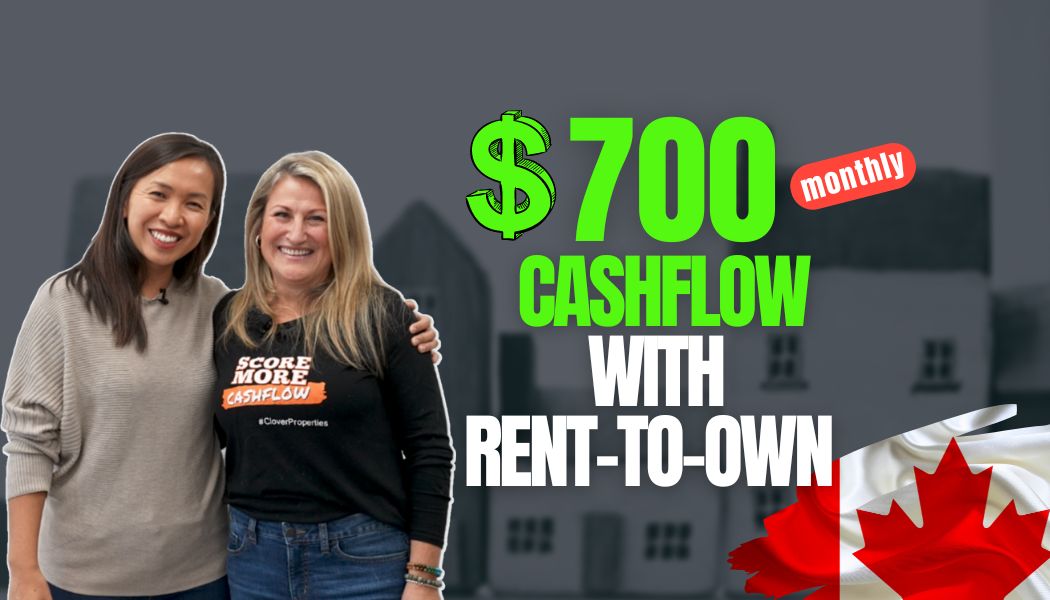
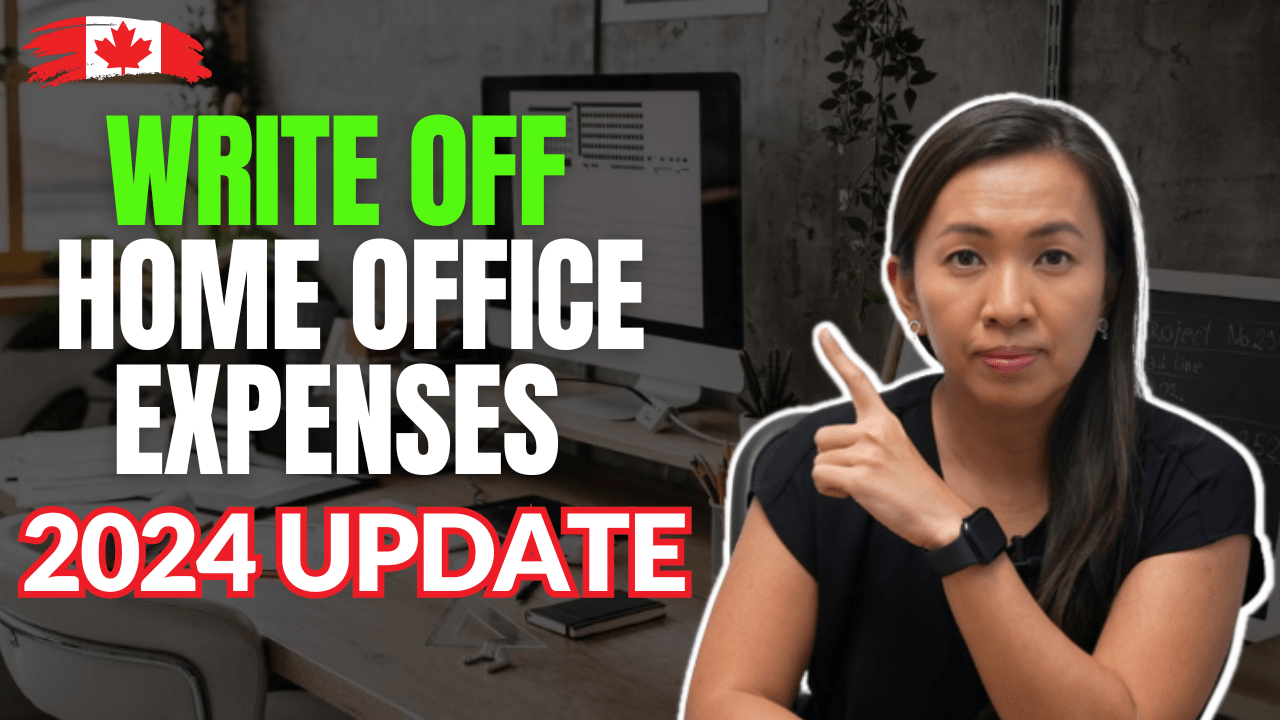

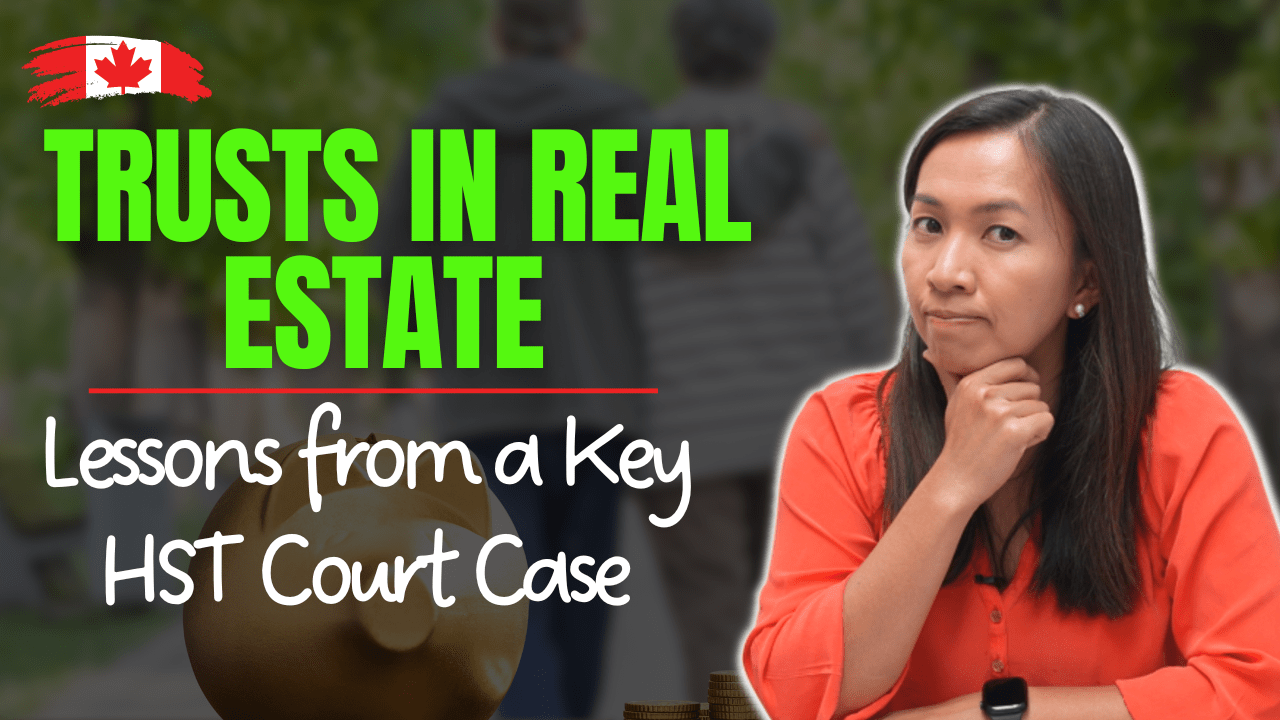
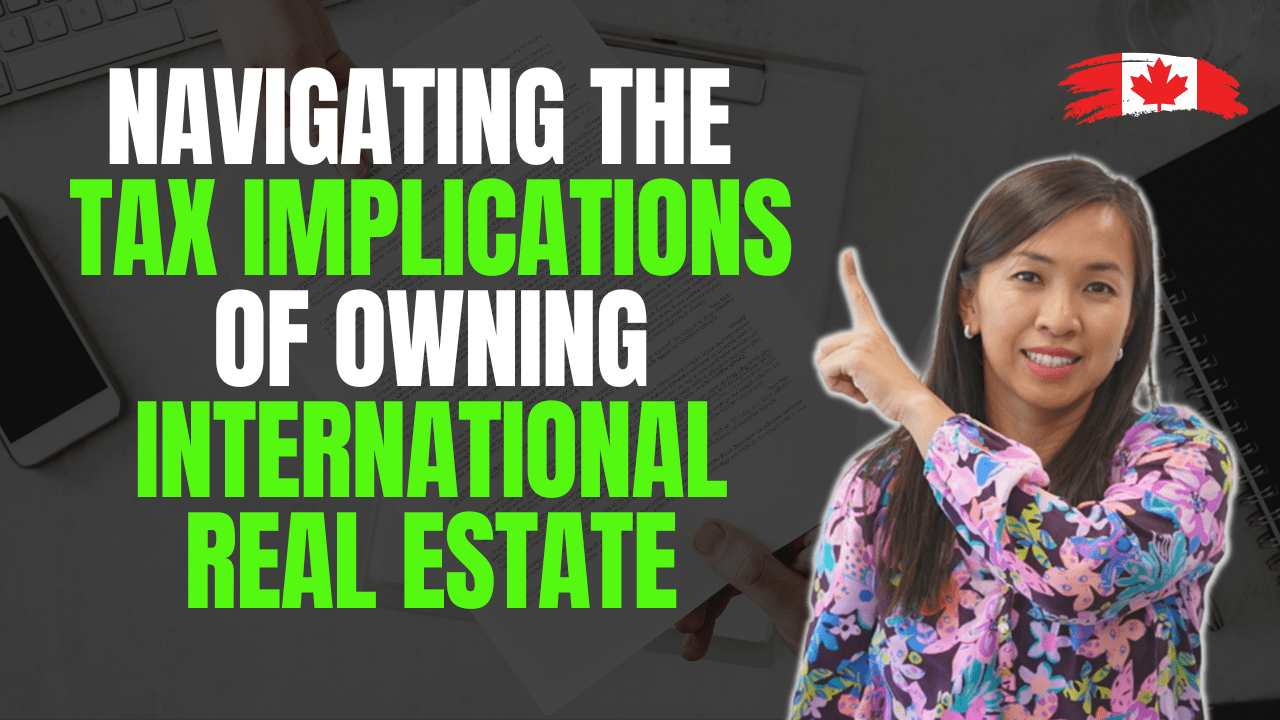
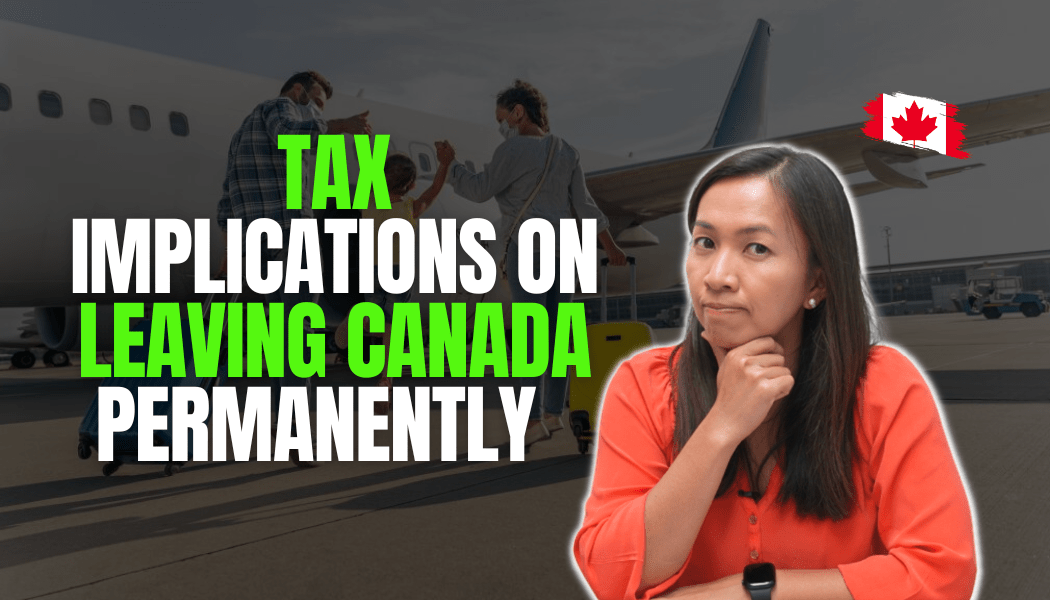
Everything You Need to Know About Rent-to-Own Real Estate Taxation (Part 1)
[…] I mentioned in my last post, there are 3 streams of income an investor can acquire when investing in real estate. And how you […]